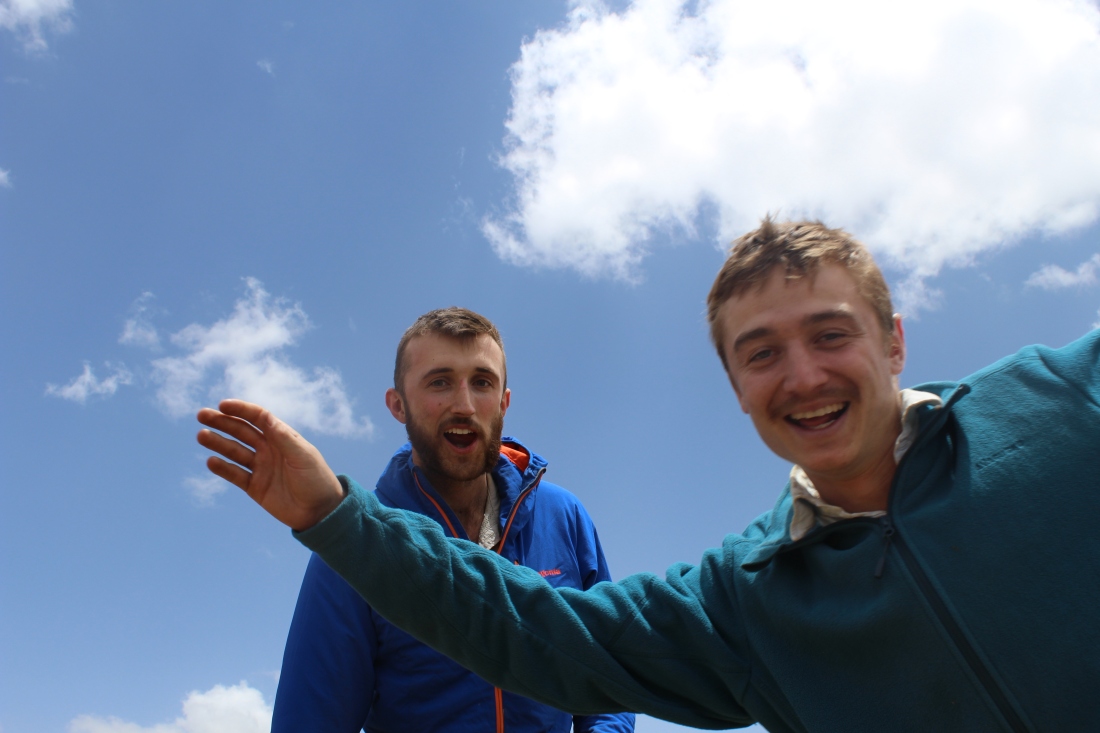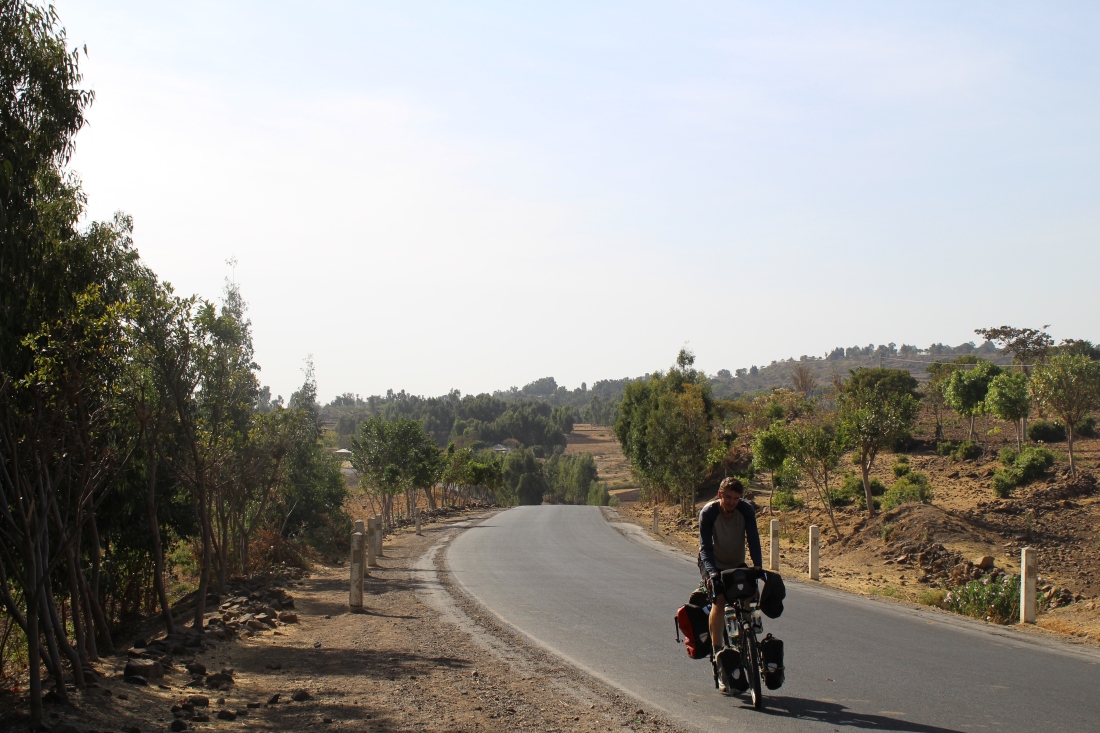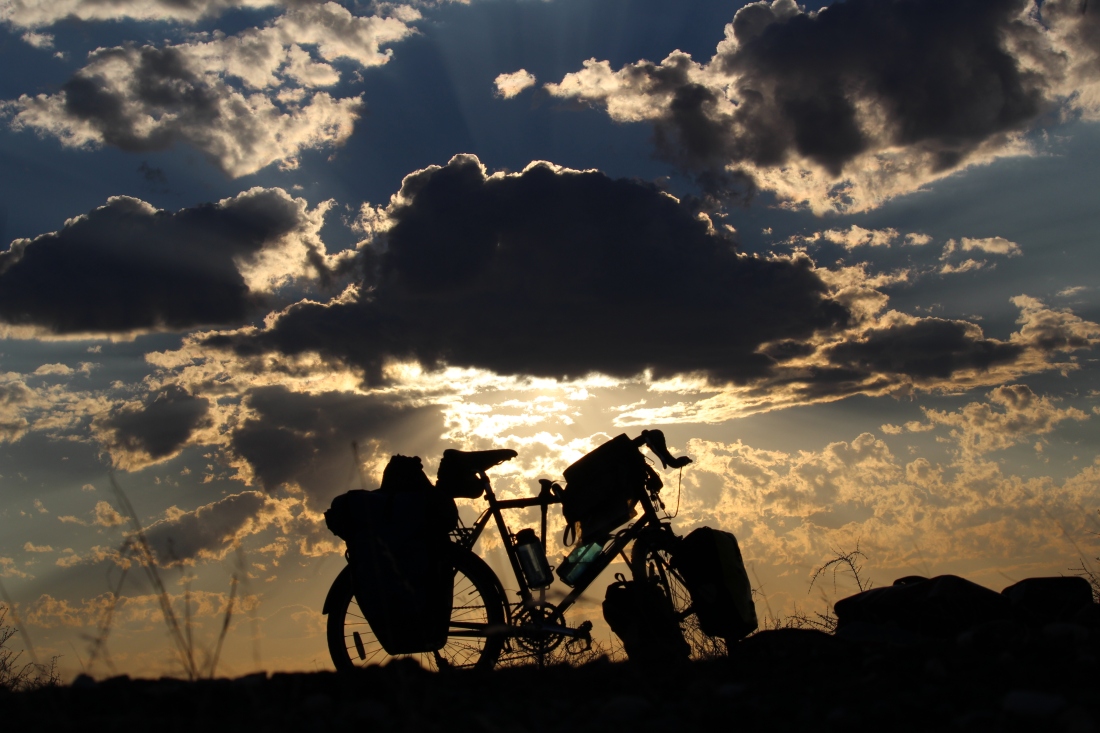We haven’t seen too much sun recently. Our bikes sit unridden in sheds, our tents packed away in loftspaces, the clothes we wore for exceptionally long periods between attention from a bar of soap have thankfully been thrown away. It’s been a while since we got back home. We’re still cycling a bit, but our commutes to work and lectures aren’t really something worth blogging about. BUT. There is something worth blogging about.

We did the cycle because we wanted to. To go and see amazing places by an awkwardly slow, repeatedly frustrating, emotionally and physically wearing means. And thankfully we made it to the end. But, as well as that, from the first time Calum mentioned the idea, we wanted to try and raise money for an excellent cause. We never imagined how much you would go on to donate.
SIXTY SEVEN THOUSAND AND TWELVE UNITED STATES DOLLARS. [At time of writing]
Enough to buy and distribute thirty four thousand three hundred and thirty nine insecticide treated nets, to keep those horrible buzzing carriers of malaria, mosquitoes, off of SIXTY THOUSAND PEOPLE. Over one hundred and twelve villages. Apologies for writing those numbers out in full, just trying to get across the scale of what your donations have achieved.
Those nets are part of AMF’s distribution to 12 districts in Malawi, providing universal coverage of the population in those districts. When we cycled through the country the headteacher of a school we stayed in told us that Malaria keeps the local hospital over capacity. Those nets are arriving throughout October and November.

We were massively helped in fundraising by Sumitomo Chemical, pioneers in vector (mosquitoes etc.) control and manufacturers of malaria nets. They promised to match all donations up to $30,000, and that target definitely motivated people to donate. That $30,000 target seemed unreachable as we pedalled out of Cairo, but by the time we arrived in Cape Town, we’d already exceeded it. Huge thanks to all the friends, family, strangers, people we see regularly, and those we don’t, who decided to make all that cycling worth it.

Why the Against Malaria Foundation?
As well as mentioning how much we raised, I wanted to explain why we picked the Against Malaria Foundation (AMF). Critical news stories about the charity sector are pretty frequent. Some, like the Oxfam scandal in Haiti, or the Children’s Trust in the UK, put the sector under pressure as donors become cynical. People question whether the money they donate is really going to the right place, or doing the good they want it to achieve. They are reasonable concerns, but I don’t think we should let those bad news stories tar the amazing work which the third sector can do.
I came across AMF in a book called Doing Good Better. The author, William MacAskill is an advocate of effective altruism, applying “data and scientific reasoning to the normally sentimental world of doing good… [showing that] by targeting our efforts on the most effective causes, we each have an enormous power to make the world a better place”. It’s a positive message. As donors you can make a genuine difference. AMF are a key charity through whom you can do that.
There are groups who examine data and evidence to ascertain which charities can do the most good with money they are given:
The Life You Can Save argue that, if we can provide immense benefit to someone at minimal cost to ourselves, we should do so. They point to highly impactful nonprofits which reduce suffering and premature death for people living in extreme poverty. AMF have been their top-rated charity since 2012.
Givewell call AMF one of their top-rated charities, one which “offers donors an outstanding opportunity to accomplish good with their donations”.
Giving What We Can is “a community of effective givers. We inspire people to donate significantly and as effectively as possible”. They say that AMF “realises its potential in combating malaria and its effects…. [and is] highly cost-effective, as its lean organisational structure, careful use of technology and partnerships with local charities keep its costs exceptionally low”.
We picked AMF thanks to the recommendations of those evidence-based charity evaluators. We knew how much good they would do with money we raised. We didn’t realise how much you would give to achieve so much. We’re incredibly grateful.

Apologies that there haven’t been any funny anecdotes in this blog, or stories about things we got up to in our long time in the saddle/the African continent, but I thought the story of why we picked AMF was a story worth telling. Give some of the websites which helped us pick AMF a look, they make for interesting reading.
And if by any chance you wanted to keep that total we raised ticking up then our page is still open. And if not, but you’re considering running a marathon, or jumping out of a plane, or not drinking for a month, or cycling across a continent, then maybe consider making AMF the charity you want to raise money for while you have all that fun.

Well done guys. A staggering achievement. Proud just to KNOW you!!
LikeLike